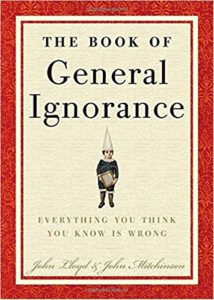The Barnum Effect Can Be Used Ethically in Blogging for Business

As humans, we tend to crave to be “understood”. Sometimes, though, due to the Barnum effect, (named after famed manipulator and circus man PT. Barnum), we tend to give high accuracy ratings to descriptions of our personality. We believe we are being understood and that the descriptions (the “fortune”, the horoscope, the reading, the assessment) are tailored specifically to us. In reality, though, the descriptions are general enough to apply to a wide range of people.
Psychologist Bertram Forer tested this idea by giving a personality test to his psychology students, then asking them how well they thought the results matched their self-perceptions. Unbeknownst to those students, they had all been given the exact same summary of results “describing” their personalities. Almost all the students thought their “tailor-made” description was “spot-on” in describing their “one-of-a-kind“ personalities!
“Consider that marketing and advertising is also quite dependent on people believing that they are the ‘kind of people’ who would benefit from a product, or have a ‘specific problem’ for which they could purchase a solution,” observes Kate Kershner in How Stuff Works.
In a way, I explain to new Say It For You blogging clients, blogs are the perfect marketing tool for niche markets. Remember, I tell them, you, the business owner, are not going out to find anyone! Blogs use “pull marketing”. The people who find your blog are those who are already online looking for information, products, or services that match up with what you know, what you have, and what you do. Your online marketing challenge is not to seek out the people, but to help them seek you out!
The Barnum effect, when it comes to business blog posts, is what draws in those searchers, who perceive that the information and observations you’ve provided in the blog has “high accuracy” in terms of their own needs and wants. And, while Barnum’s tactics are now seen as having been manipulative, when it comes to business blogging, online searchers tend to make very accurate assessments of whether what they find is what they need!





Follow us online!